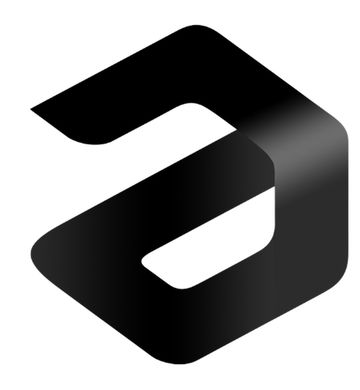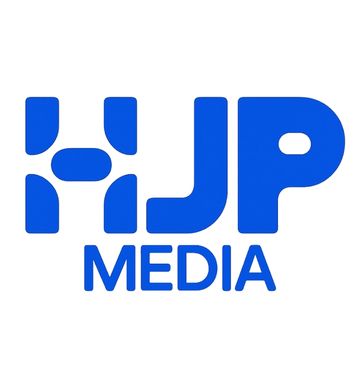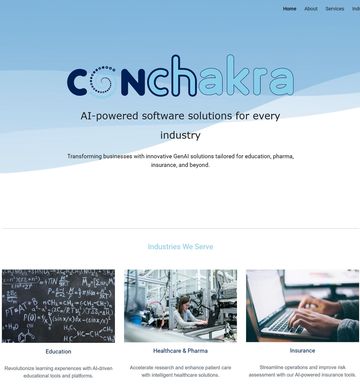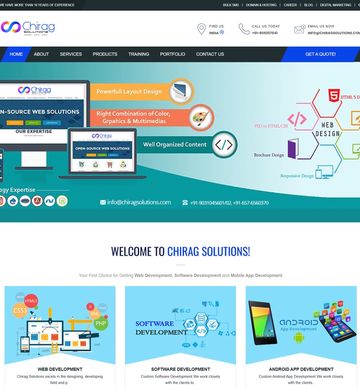AI Logistics Matching Platform Development need Web Development
Contact person: AI Logistics Matching Platform Development
Phone:Show
Email:Show
Location: St-Hubert, Canada
Budget: Recommended by industry experts
Time to start: As soon as possible
Project description:
"[login to view URL] – AI-Driven Logistics Matching Platform
Software Requirement Specification (Draft)
1. System Overview
[login to view URL] is an AI-driven logistics matching platform designed to connect shippers with carriers (shipping company & personal drivers). The system will:
Allow users to register as Shipper, Class 1 Carrier, Class 3 Carrier, or Independent Carrier.
Provide a chat-like AI interface (similar to ChatGPT) for order creation, negotiation, and confirmation.
Automate the entire logistics workflow: order → matching → pricing → invoicing → fee calculation → tracking.
2. User Roles
Shipper
Create shipment requests: pickup location, pickup time window, cargo name, dimensions, weight, destination, delivery time window.
Receive AI-recommended carrier matches with price and ETA.
View invoice and track shipments.
Carrier – Class 1
Domestic or international (Canada/US).
Provide truck fleet info (brand, model, capacity).
Set pickup availability time slots and service area range.
Accept or decline shipment requests.
Carrier – Class 3
Domestic or international.
Provide vehicle details and operating range.
Handle smaller loads (LTL, boxes).
Independent Carrier
Register vehicle type, service area, and availability.
Receive AI-matched small shipments or LTL.
3. Core Features
3.1 Shipment & Carrier Matching (AI-driven)
AI chatbot collects shipment details from Shipper in natural language.
AI matches shipment requests with available carriers based on:
Pickup/delivery time window.
Vehicle type & capacity.
Service area (geographic coverage).
Domestic vs. International eligibility.
Support transport types:
Full Truck Load (FTL)
Less-than-Truckload (LTL)
Boxes/Parcels
3.2 Pricing & Fee Calculation
System calculates transportation cost dynamically:
Distance-based (using OSRM routing engine).
Cargo type/weight/dimensions.
Carrier class/type.
System automatically applies:
Carrier fee (payable to transporter).
Platform service fee (intermediary fee).
Final price (invoice for shipper).
3.3 Invoicing & Payments
Auto-generate invoices for shippers.
Auto-generate receipts/payments for carriers.
Support multiple currencies (CAD, USD).
Integration with payment gateways (Stripe, PayPal, Interac e-Transfer for Canada).
3.4 User Interfaces
Chat-like AI Interface (similar to ChatGPT):
Shipper types: “I want to ship 10 boxes from Montreal to Toronto next Tuesday.”
AI parses request, auto-fills shipment form, and returns carrier options.
Carrier responds via chat interface (accept/decline).
Dashboard Views:
Shipper: Orders, invoices, shipment status.
Carrier: Available shipments, assigned loads, revenue reports.
Admin: Platform analytics, fees collected, compliance management.
3.5 Compliance & Role Differentiation
Carriers must specify Class 1 / Class 3 license.
System validates carrier eligibility for domestic vs. cross-border shipments.
Independent carriers limited to domestic shipments unless upgraded.
3.6 AI Capabilities
Natural Language Understanding: Parse user chat input into structured shipment details.
Smart Matching: Recommend best carrier using multi-factor scoring (distance, capacity, timing, CO₂ efficiency).
Dynamic ETA updates: If real-time GPS tracking is enabled.
Customer Support AI: Answer FAQs, resolve disputes, guide users.
Pricing & Payment Module (Updated)
Shipper Pricing Options:
Standard Price: System automatically calculates based on distance, weight, dimensions, and transport type.
Custom Price: Shipper specifies their own offer price.
Carrier Pricing Settings:
Carriers (company or individual) can define their own base pricing rules (per km, per load type, per box, etc.).
The system compares shipper price vs. carrier price and determines eligibility for matching.
4. Technical Requirements
4.1 Core Backend
Programming Language: Python (FastAPI / Django) or Node.js (NestJS/Express).
Database: PostgreSQL (shipments, users, schedules, invoices).
Routing Engine: OSRM (self-hosted, open source).
Messaging/Realtime: WebSocket or MQTT for live carrier updates.
4.2 AI/ML
AI Model for Chat Parsing:
Small open-source LLM (e.g., LLaMA 2 7B / Mistral 7B quantized for CPU inference).
Or API-based (OpenAI GPT-4, Anthropic Claude) in early phase.
Matching Algorithm: Hybrid (rule-based + ML scoring).
4.3 Frontend
Web App: React + TailwindCSS + MapLibre/Leaflet for maps.
Mobile App (Phase 2): Flutter or React Native.
Map Data: OpenStreetMap (OSM).
4.4 Deployment
Initial deployment on Dell R730 (CPU, 128GB RAM, SSD, Ubuntu).
Scalable via Docker + Kubernetes (for multiple microservices).
Workflow & Matching Logic (Updated)
Pickup Confirmation: After the driver picks up the shipment, the system requires the driver to confirm pickup (with timestamp and optional photo/signature).
Delivery Confirmation: Upon delivery, the recipient must confirm receipt (via digital signature, QR code scan, or photo proof).
These confirmations are logged in the system, updating shipment status for both shipper and carrier in real time.
Offer Dispatch & Acceptance:
Once a shipment request is created, the system sends an offer to online carriers matching the criteria.
The first carrier has 5 seconds to accept.
If no response, the system automatically passes the offer to the next available carrier in queue until acceptance is confirmed.
Confirmation Flow:
Pickup confirmation by driver (with timestamp/proof).
Delivery confirmation by recipient (signature/QR/photo).
5. Feasibility Analysis
✅ AI-driven matching is feasible today.
✅ No GPU is required in early stages (CPU inference with quantized LLaMA 7B).
✅ OSRM provides free routing and ETA → avoids Google Maps API cost.
✅ OpenStreetMap + MapLibre enables dynamic map UI without license fees.
⚠️ Payment compliance, insurance, and regulatory requirements must be planned before large-scale rollout.
6. Recommended Open Source Stack
Routing/Mapping: OSRM + OpenStreetMap + MapLibre
AI Chat Parsing: LLaMA 2 / Mistral (via LangChain, Haystack, or Rasa for dialogue management)
Backend Framework: FastAPI (Python) or NestJS (Node.js)
Database: PostgreSQL + PostGIS (for geolocation queries)
Realtime Updates: WebSocket ([login to view URL]) or MQTT
Invoice/Accounting: ERPNext (open source ERP) for accounting integration
Containerization: Docker + Kubernetes" (client-provided description)
Matched companies (4)

Appeonix Creative Lab

HJP Media

Omninos Technologies International pvt ltd
